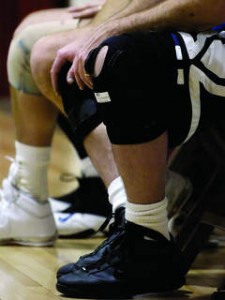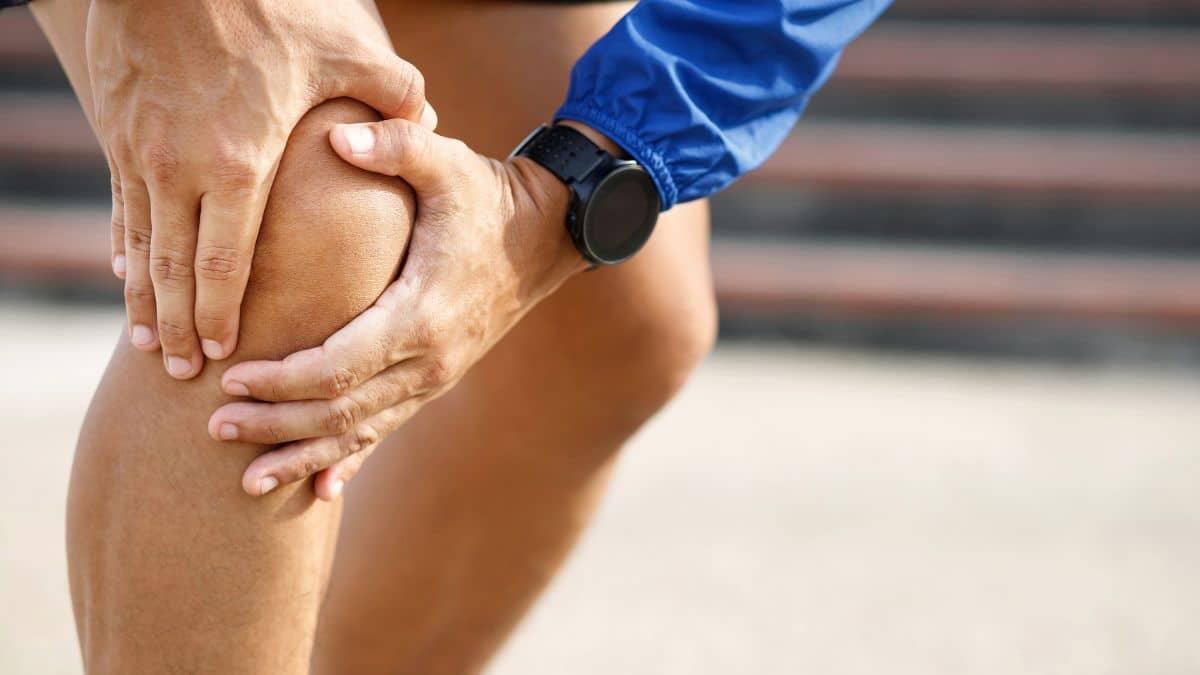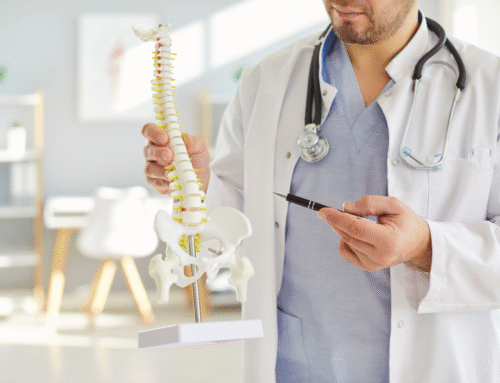The Herald-News (Chicago Sun-Times):
Steps to avoid knee replacement

The aches are starting earlier, as more and more people find they have arthritis of the knee at younger ages than in the past. | Steve Johnston~Sun-Times Media
By Jeanne Millsap Correspondent May 14, 2013 2:36PM
But a report in the January 2013 Consumer Reports explains that there are ways to ward off having knee replacement surgery, delaying it by a few years or even preventing it altogether. Presence Saint Joseph Medical Center pain management specialist Dr. Udit Patel said the key to dealing with knee pain is to begin with the least invasive measures before even considering surgery.
“I advise people to always get multiple inputs when seeking a major operation,” Patel said. “We see a ton of people with knee pain, sometimes secondary to other conditions. They are usually in a high degree of pain. . . We start with the least invasive and easiest treatments.”
The first and sometimes the only recommendation needed, he said, is for the patient to drop some pounds if he or she is overweight.
“For every 1 pound lost, you have 4 pounds less pressure on your knee joints,” he said. “So if you do the math, for every 1 pound lost, you have 4,800 fewer pounds of pressure on your knees for every mile you walk.”
Studies have shown that even a weight loss of 5 percent can decrease the risk of arthritis later and reduces the pain of those who already have it.
Also very important, Patel said, contrary to what one might think, is to keep active.
“It’s like a Catch-22,” he said. “You might not feel like being active when you have knee pain, but when you do, you increase the blood flow and you strengthen the muscles around the knee and into the legs. That decreases the pain. … Fluids drain better then, too, which also decreases pain.”
Patel also may recommend over-the-counter pain relievers and anti-inflammatories for his patients who have knee arthritis. It helps reduce inflammation, he said, and reduces pain so they can move more, which is key.
He has also seen good results with acupuncture, and supplements such as glucosamine and chondroitin may help, as well. Both are worth a try, he said, as they are easy and relatively inexpensive and non-invasive. Sometimes they work, sometimes they don’t.
“Everyone’s body responds in a different way,” he said.
Warming the knee area also can make it feel better, according to Patel, and hydrotherapy is used often in physical therapy to relieve knee pain, also with the goal of increasing activity. A good physical therapist can also help in other ways, such as recommending exercises to build muscle around the knees and hip. A physical therapist may also tape the area to provide a better support system for the knee so the patient can exercise more. Bracing the knee may also be beneficial.
Deep massage may also help by increasing circulation to the muscles, knees, and hip. If a prescription is necessary to relieve pain so the patient can exercise, Patel said he might recommend Celebrex, Diclofenac or Cymbalta.
If all the above fail, injections of corticosteroids, which are potent anti-inflammatories, or visco-supplementation, which lubricates joints, may help.
After achieving a healthy weight and exercising, Patel said yoga and tai chi are excellent conditioners for the long term, keeping muscles strengthened and limber.
Article sources: Dr. Udit Patel, and www.consumerreports.org


